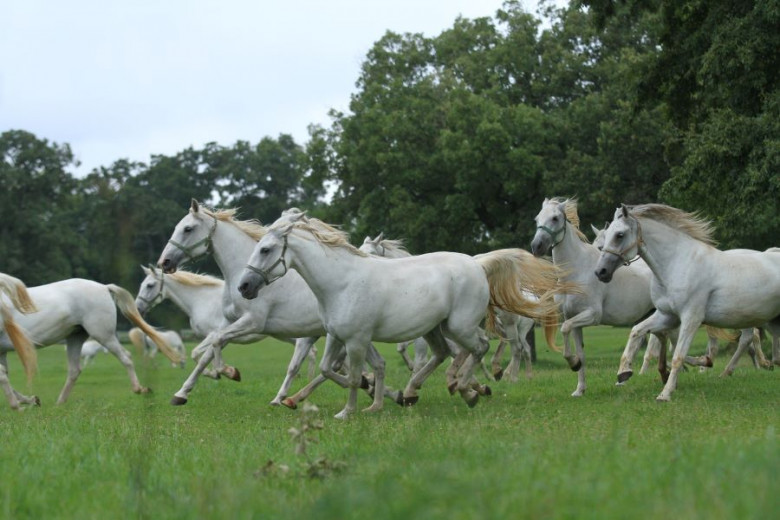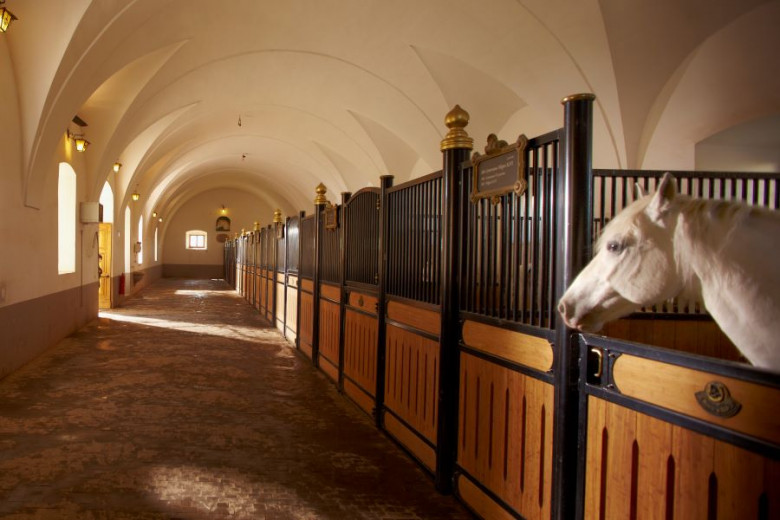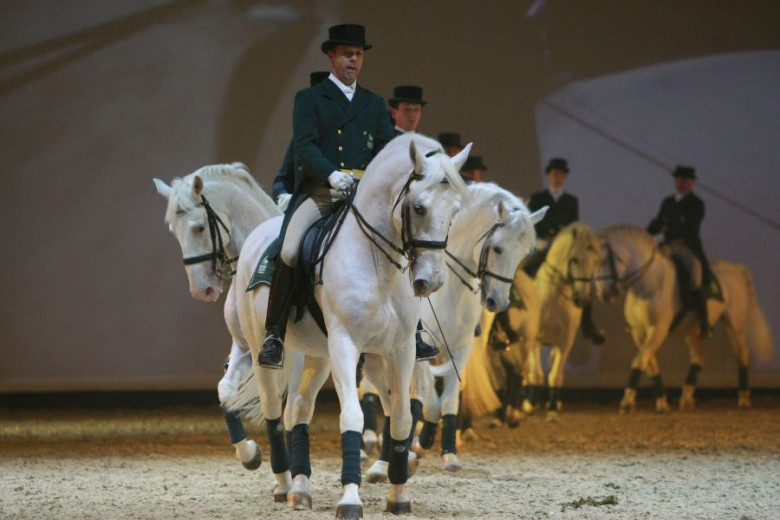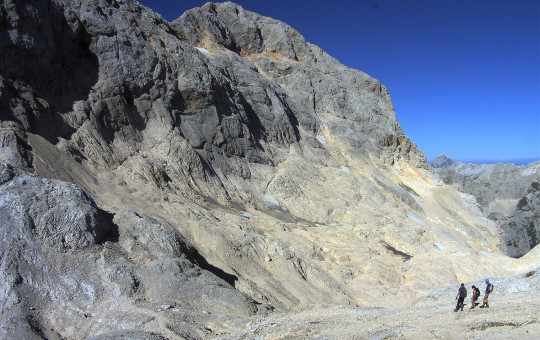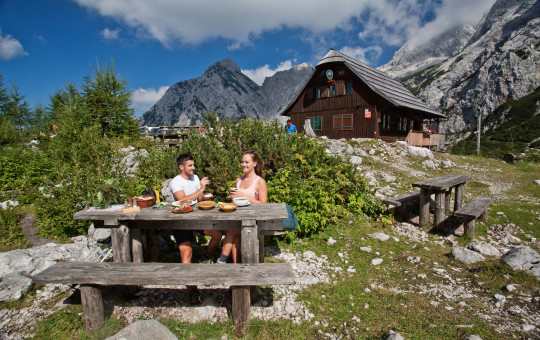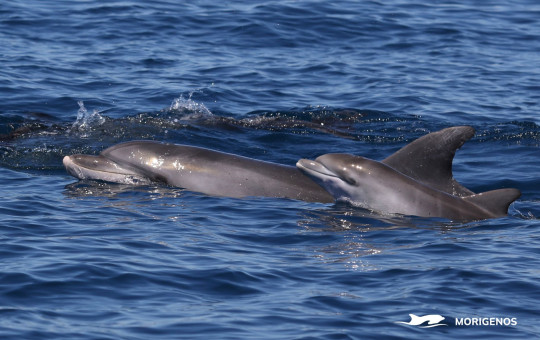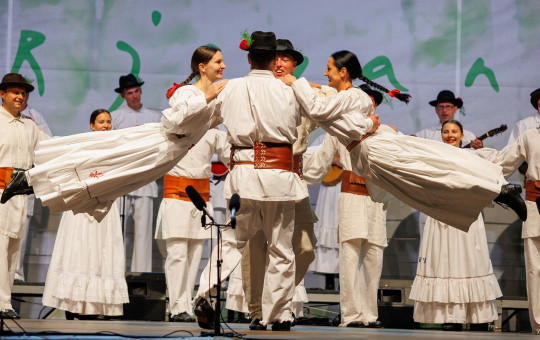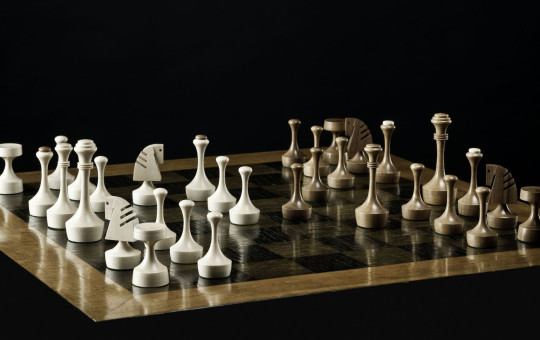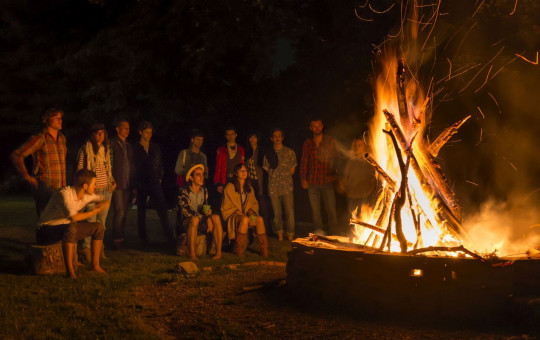Lipizzaners are wonderful white horses. They are famous throughout the world for their nobility, elegance and remarkable talent for performing the movements of classical dressage. The cradle of the Lipizzaner breed is the Lipica Stud Farm, after which the Lipizzaner is named.
The development of the Lipizzaner breed is also closely connected with classical dressage riding – a fine art of communication between a rider and a horse, with beginnings dating back to Ancient Greece. The development of classical dressage as it is known in Europe today is related to the establishment of the Spanish Riding School in Vienna. It is referred to as "Spanish" because only horses from Spain were used at first, but they were soon replaced by Lipizzaner stallions from the Lipica Stud Farm.
Lipizzaner stallions at the Spanish Riding School in Vienna were bred in the Lipica Stud Farm until the beginning of World War I.
In Lipica today, six classical lines of stallions are preserved, based on the following six foundation stallions: Conversano, Neapolitano, Favory, Maestoso, Pluto and Siglavy. The founding sires of these lines were: Original Danish stallion Pluto, grey, born 1765 at the Frederiksborg Royal Stud Farm, Neapolitan stallion Conversano Senior, black, born 1767, Neapolitano stallion Senior, brown, born 1770, Kladruby stallion Maestoso Senior, grey, born 1773, and Kladruby stallion Favory Senior, grey, born 1779. 17 classical families of mares have been preserved until today.
Its foundation is closely linked with the Habsburg dynasty
The Habsburg dynasty ruled a substantial portion of Baroque Europe for 650 years. During this time, horses were considered to be an essential strategic asset, which made them extremely important to the Habsburgs. Spanish horses were the most popular and valued.
As the soil and climate of the Karst region are very similar to that of Spain, it was not surprising that the Archduke Charles II, son of the Habsburg Emperor Ferdinand I, in 1578, chose the abandoned summer residence of the Bishop of Trieste in this area to become the royal stud farm.
On 19 May 1580, he signed an agreement to acquire the estate. Long before that, Karst horses were famous for their persistence and were known to be useful for carriage driving and long-distance horseback riding.
Lively tourism in the "golden years"
Slovenia’s independence in 1991 meant a new beginning for the Stud Farm. Thus, the Lipica Stud Farm estate was preserved in its original size of 311 hectares and in its kidney shape to the present day.
Lipica Stud Farm is one of the most beautiful cultural-historical monuments in Slovenia, giving home to more than 350 Lipizzaners. With its 435-year tradition, Lipica is the world’s oldest stud farm with uninterrupted breeding of Lipizzaners.
The estate is the only a micro-location that provides optimum conditions for the top-quality breeding of Lipizzaners. It represents a unique ambience in which individual elements – the spatial arrangement, architectural core and cultural landscape – have evolved exclusively for the purpose of the fundamental, original activity – breeding of Lipizzaners. It has enormous development potential in terms of enabling top-quality breeding of Lipizzaners in a global context, while its development is of essential importance for the international reputation of Slovenia.
Date: 27. May 2020
Time to read: 4 min

